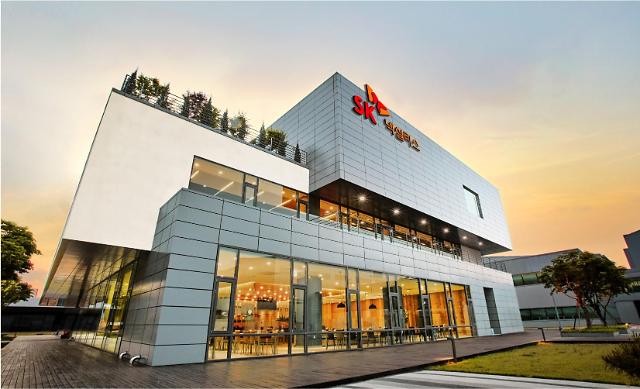
[Courtesy of SKC]
SKC said in a statement on November 1 that its board approved investments in Nexeon through a consortium with two domestic private equity funds, SJL Partners and BNW Investment. The consortium's total investment will be $80 million including $3.3 million from SKC.
As the main business partner, SKC said it would acquire Nexeon's technology to produce silicon-carbon composite anode materials. "We will provide customers with a secondary battery material solution with both quality and price competitiveness," an unnamed SKC official was quoted as saying.
Graphite anodes are widely used for lithium-ion batteries, but researchers have tried to find a better solution because structural deformation occurs in graphite when charging and discharging are repeated, leading to the shorter life of secondary batteries. Silicon is a promising anode material and shows higher energy density than graphite, but high-capacity active materials suffer from large volume changes during charging and discharging processes.
SKC said it would commercialize low-content products independently and high-content products later through a joint venture with Nexion. The company's subsidiary, SK Nexilis, would utilize high-strength thin copper foil technology that can withstand the volume expansion of silicon anode materials.
SKC, a leading polyester film producer in South Korea, has proposed a change in its business structure to focus on materials for semiconductors and secondary batteries. SKC CEO Lee Wang-jae promised to seek cooperation with global companies in the fields of silicon anodes and high-nickel cathodes while beefing up the production of high-quality thin copper foils and glass substrates.
Copyright ⓒ Aju Press All rights reserved.




View more comments